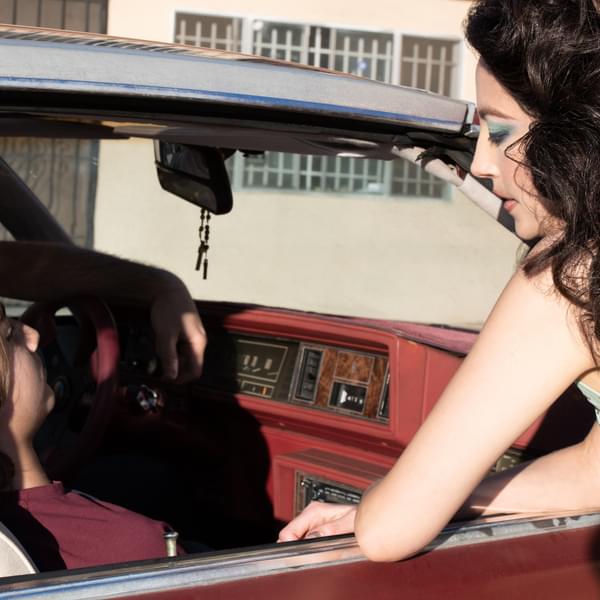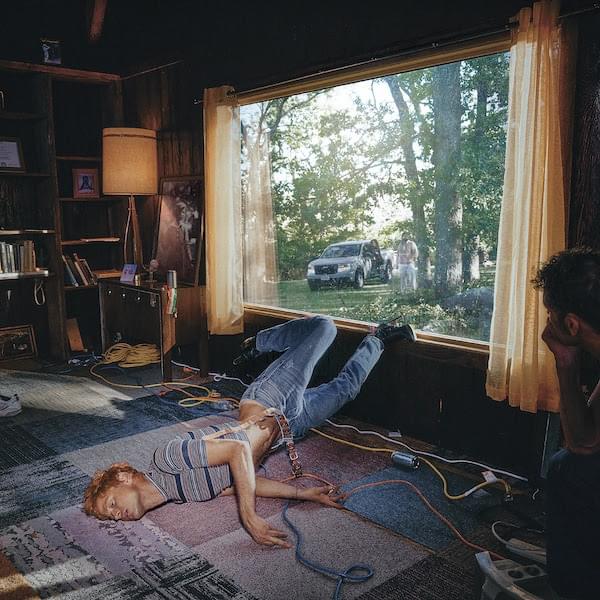Sarah Davachi's latest record transcends its genre for universal appreciation
"The Head As Form’d In The Crier’s Choir"

Combining aspects of classical and contemporary has been a feature of Sarah Davachi’s musical compositions over the course of the last decade.
Her latest album, in this instance taking harkening to early Baroque from the seventeenth century, has the use of continuo as one of its main features. This is where the core instrument to the piece (usually a harpsichord) sets the bass notes from which the other instruments in an orchestra could develop the appropriate chords.
The practice goes back to early church music, and therefore it is interesting to see Davachi here use a range of church pipe organs both as her continuo instrument and for some beautifully sonorous and resonant solo pieces. Complementary to these, she also plays what she says are “my favourite keyboard instruments,” which include Mellotron and a couple of Korgs. With strings, wind, and brass instruments completing the overall sound picture, the result is a very persuasive. It's sometimes challenging, yet always interesting across the range of pieces – seven in all. They demonstrate her compositional originality without drifting into academic obscurity or gratuitous over-experimentalism, as the different types of harmony and sound effects cohere convincingly throughout.
There is a unifying theme – the story of Orpheus – a detail from which provides the album’s title. After his unsuccessful attempt to rescue his wife from the underworld, he died singing, and his detached head and his lyre continued the music. One of the tracks here provides an allusion to the early Baroque treatment of the tale by the opera composer Monteverdi, but one needs no great expertise in classical music history to appreciate the range of Davachi’s compositional versatility, and her organ pieces here are certainly worth hearing regardless of whether or not you’ve ever been impressed by Bach’s.
The sounds, as it were, speak for themselves in the same way that the beautiful sacred music of renaissance masses can be appreciated by anyone without a word of Latin or any grasp of the formalities of sixteenth century polyphony. The music communicates across the centuries, as all great art has always done. Davachi recognises the fact that over-striving for effect is most likely to result in the ineffectual, so she sensibly takes care to ensure that each piece succeeds on its own terms, rather than attempt an over-ambitious, grandiose, over-arching album in which the points of connection might seem to take priority over the main substance of the music. This ensures, for instance, that the emphasis is on the texture of individual tracks, as conveyed through the different sonics of the electric and the mechanical or, most notably, between the subtleties of sounds created in part by the locations of the different organs and by the slow, nuanced chord progression and the use of tape delay.
The thought-out sequencing of the album, though, does allow for some appreciation of the links between the pieces, with the solo organ of “The Crier’s Choir” followed by the beautiful lead into the delightful “Trio for a Ground,” with its sustained sound from the renaissance viola d’amore and its interwoven chamber choir. Again, absolutely no detailed knowledge in early music history is required in order to be appreciative of its ensemble effectiveness. This is an album that rewards both careful listening and submission to its ravishing atmospherics.
Get the Best Fit take on the week in music direct to your inbox every Friday

Great Grandpa
Patience, Moonbeam

Deafheaven
Lonely People With Power

Perfume Genius
Glory





